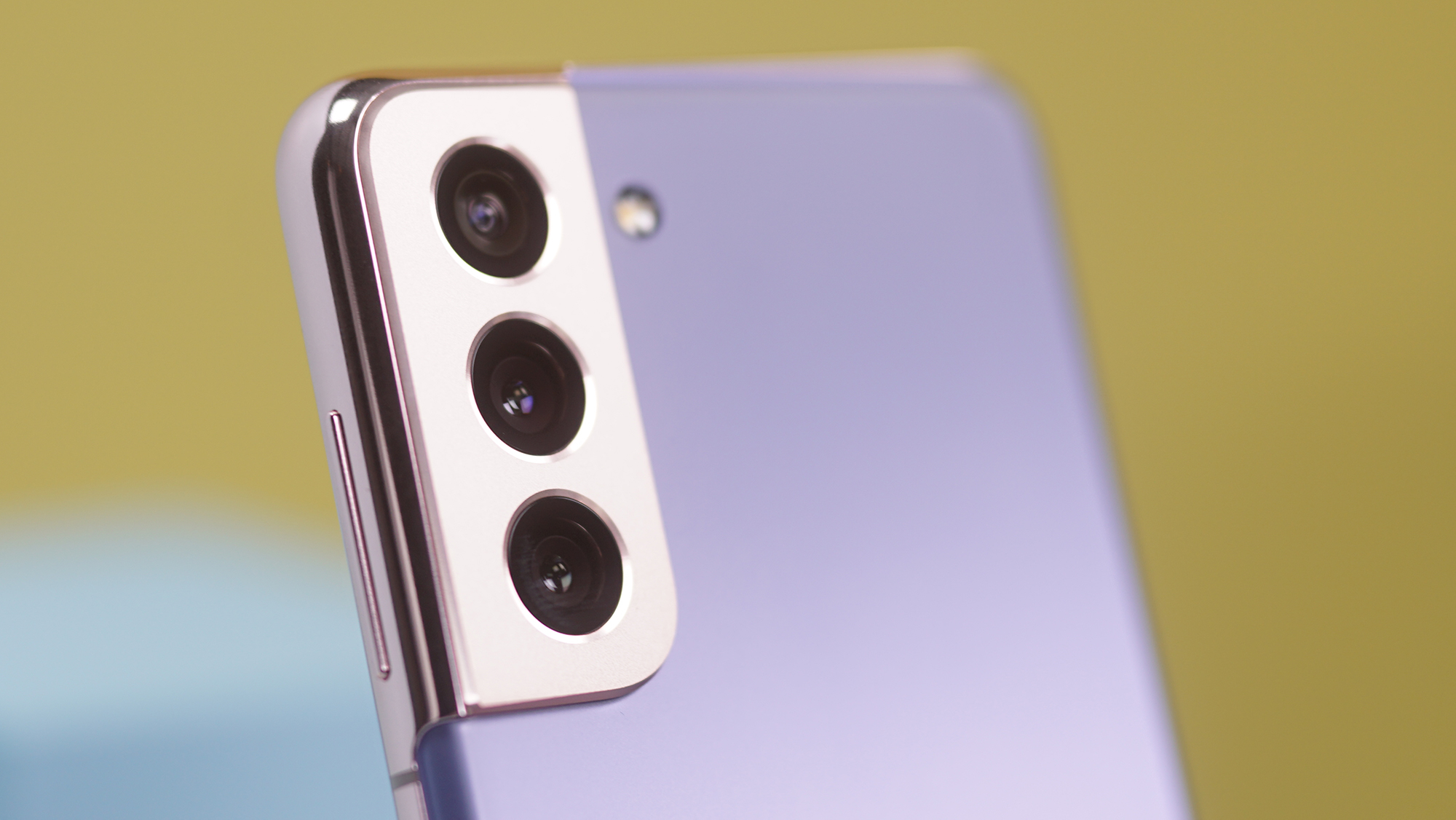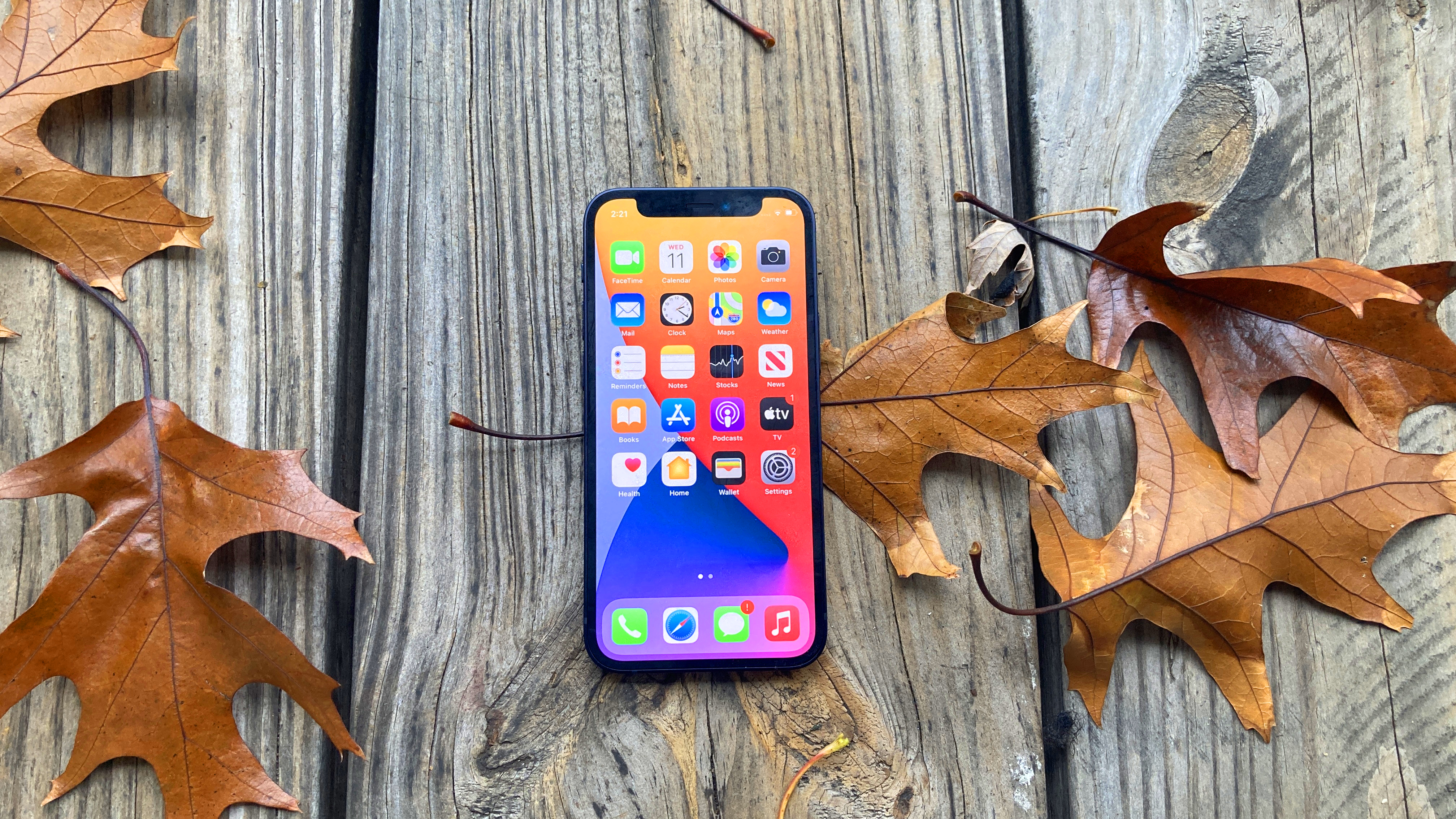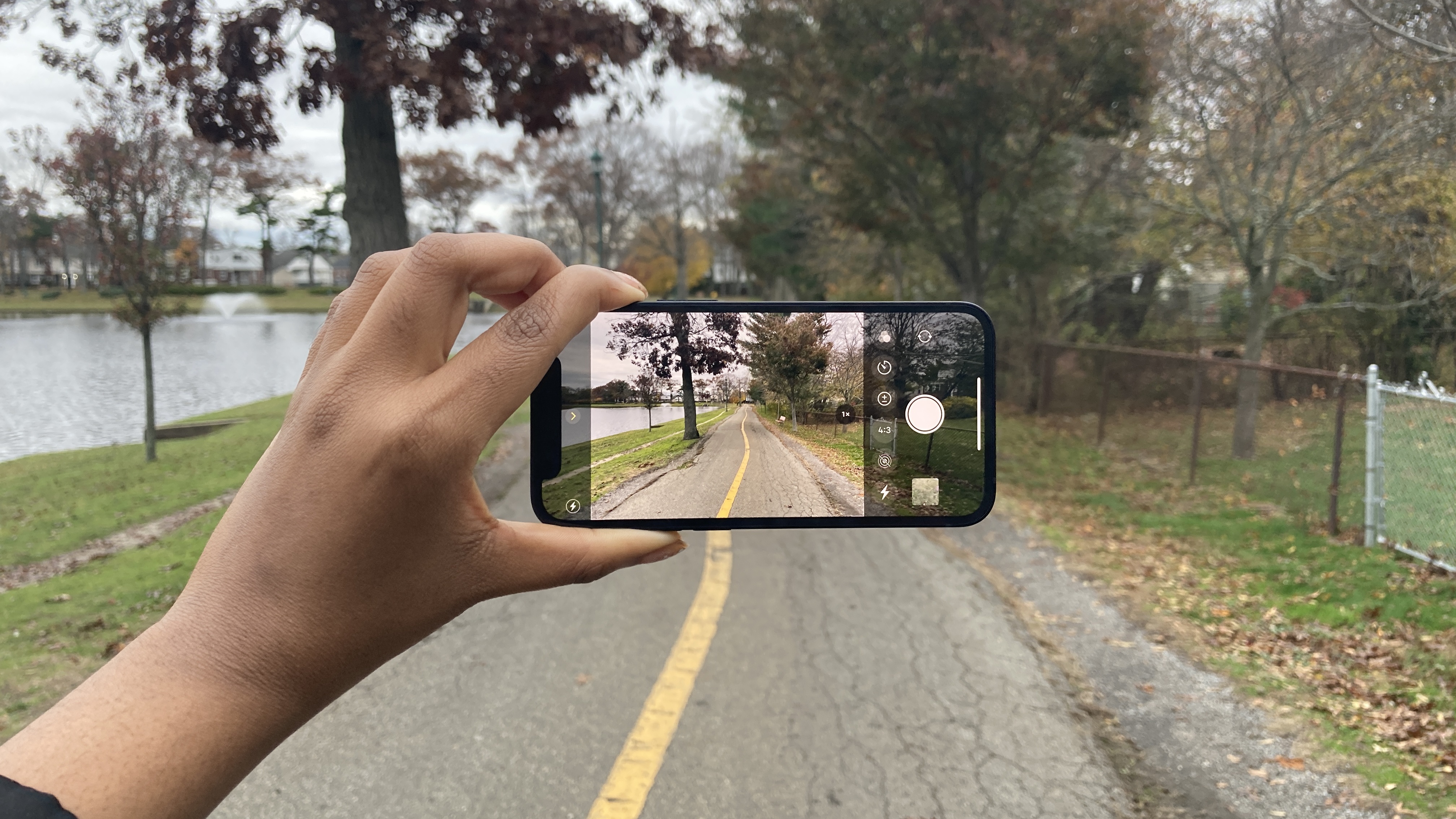Save your money: You don't need to spend $1,000 for a 'flagship' phone
Save hundreds of dollars with these “affordable flagships”

Flagship phone prices have crept ever upwards for years until settling just beyond the $1,000 mark for the absolute top-end phones each year like the Samsung Galaxy S21 Ultra or the iPhone 12 Pro Max. While there’s no question that the performance and capabilities of these devices have been skyrocketing as well, spending $1,000 or more on a phone every two to three years just doesn’t make financial sense for most people.
The good news is that you really don’t need to spend $1,000 to get a great phone, the drop off from flagship phones to more affordable options used to be precipitous, that’s simply not the case anymore. We cover some amazing phones below $500 in our best budget phones and if that’s your price range there are great options to be had, but the area that has shown tremendous growth recently is the $600-$750 range.
- Phones with the best battery life in 2021
- iPhone 12 mini may have Android competition - Zenfone 8 photos and specs
- The best cell phone deals in May 2021
There are numerous phones in this relatively new range of devices that I like to call “affordable flagships” that still offer you a premium experience for hundreds less.
We just recently reviewed what I would consider the poster child for this range and that is the OnePlus 9. Our reviewer called it “The best phone for under $750” and while the iPhone 12 mini might consider those fighting words, the OnePlus 9 has a strong claim for the title. It has double the storage of the iPhone, better battery life, wildly faster 65W fast charging (charger included no less) and a 120Hz refresh rate display. It also features the top-of-the-line Qualcomm Snapdragon 888 processor. It’s a flagship phone in every regard that will matter to many users.

What are you giving up with an affordable flagship?
I’m not trying to convince you that there is literally no difference between these sub-$750 phones and the $1,000 and up flagships, but the question is whether those differences actually matter to you.
The typical sacrifices you will see made are materials, telephoto camera sensors and performance. However, what’s interesting is that none of these are universal truths anymore, you can’t have all three, but if you can prioritize two out of the three of those there is an option for you.
To give a little more detail on these, by materials I mean that a phone in this range will typically feature a plastic back rather than the glass found on the top options. While there’s no denying there is a more premium feel to the glass back, the plastic is much more durable. If you are someone that puts a case on your phone immediately then this shouldn’t matter to you in the slightest. If you do care about the design and materials used the iPhone 12 mini is the easy choice in this range as other than the reduced size its build is identical to its larger counterparts.
Sign up to receive The Snapshot, a free special dispatch from Laptop Mag, in your inbox.

Telephoto cameras have been one of the biggest additions to flagship phones in the last couple of years and this is one of the first things to be dropped in the slightly more affordable phones. While I recently took a look at why you need a telephoto zoom lens, that’s not going to be the case for everyone as not everyone is particularly worried about the cameras in their phone beyond the basic wide and ultrawide setup that you will find in all of the phones in this range. For those that do care about a telephoto lens, you will find Samsung to be the choice for you with the Galaxy S20 FE still an amazing phone and a phenomenal deal, and while the Galaxy S21 started at $799 you can often find it for under $749 now.
The last sacrifice that you will often see made in this price range is the performance, dropping to an older or second-tier processor. Now depending on your needs, this may not matter, the Pixel 5 used a Snapdragon 765G and delivered quite solid day-to-day performance, and actually got a nice performance boost in April that made it even more appealing. However, this is also a category that a number of current phones in this range completely obliterate. The iPhone 12 mini is the fastest phone that we’ve ever benchmarked and the OnePlus 9 and Galaxy S21 both fall into this range with the top Android CPU the Qualcomm Snapdragon 888.

What aren’t you giving up with an affordable flagship?
There are a few reasons that people like to tell themselves that they need to go for the biggest and best phones, so let’s take a look at those and see if they hold up.
For the most part, these all fall under the basic umbrella of future-proofing, buying the best now so that you don’t have to upgrade again in just a couple of years.
Software support would be one reason to make this claim, but in the price range that I’m talking about here, the companies are not short-changing users on support. You will get the same number of years of software support as the $1,000 and up flagships. Now that number varies just as it does on those flagships, but the OnePlus 9 gets the same two years of OS updates as the OnePlus 9 Pro and the Galaxy S21 gets the same three years as the Galaxy S21 Ultra. The iPhone 12 mini of course buries them all with roughly six years of OS updates.

The concern that the performance will flag on some of these phones is slightly more valid, but as I covered above there are numerous options that feature the highest end chipsets available today and those will be just fine for years to come. If you are a diehard mobile gamer that is one area where you will run into issues here, but there’s no avoiding the top-end options at that point and you are definitely going to be a victim of the next problem as well.
If you are set on buying the biggest and best now, you will almost certainly find yourself drawn into an upgrade in about two years when the latest flagship has leapfrogged yours anyway. This won’t be true for everyone, but for many people convincing yourself that you are going to hang onto this new flagship for five or six years just because it will still be viably running probably just isn’t the case.

Bottom line
It’s easy to get caught up in wanting the absolute best phones on the market and if you can afford it that’s fine, there are cool features like the ten times optical zoom on the Galaxy S21 Ultra or the sensor-shift technology found in the iPhone 12 Pro Max that you just aren’t going to get on these more affordable flagships.
However, particularly over the last year, the new crop of sub-$750 phones has really impressed and driven home for me the idea that most people don’t need to spend $1,000 or more to get an excellent phone that provides a flagship experience. Consider what are the most important features in your phone and I suspect that you will be able to find an option among those that I’ve referenced here that will meet all of your needs and save you a few hundred dollars.
Sean Riley has been covering tech professionally for over a decade now. Most of that time was as a freelancer covering varied topics including phones, wearables, tablets, smart home devices, laptops, AR, VR, mobile payments, fintech, and more. Sean is the resident mobile expert at Laptop Mag, specializing in phones and wearables, you'll find plenty of news, reviews, how-to, and opinion pieces on these subjects from him here. But Laptop Mag has also proven a perfect fit for that broad range of interests with reviews and news on the latest laptops, VR games, and computer accessories along with coverage on everything from NFTs to cybersecurity and more.

